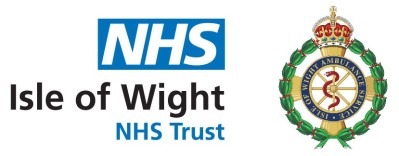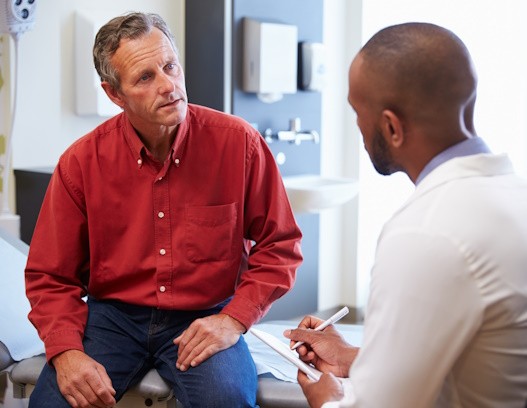Deep Vein Thrombosis (DVT)
Your blood has a mechanism that normally forms a ‘plug’ or clot to stop the bleeding when you are injured, for example when you have a cut to your skin.
Sometimes the blood’s clotting mechanism goes wrong and forms a blood clot when there has been no injury. When this happens the blood clot is called a thrombus.
When the blood clot is deep inside one of the veins in your body, most commonly in the leg, it is called deep vein thrombosis (DVT). If the blood clot comes loose it can travel through your bloodstream to your lungs. This is called pulmonary embolism and it can be fatal. DVT and pulmonary embolism together are known as venous thromboembolism.
DVT is more likely to happen when you are unwell and inactive, or less active than usual. When you are unwell your blood may become temporarily ‘sticky’ and flow more slowly. DVT can happen at any time during a stay in hospital or in the weeks after leaving hospital.
Your risk of DVT
Your risk of developing DVT depends partly on why you have been admitted to hospital and the type of treatment you will have, for example if you are having an operation.
If you are at risk of DVT your healthcare team will also assess whether bleeding might be a problem during your hospital treatment. They should do this before offering you a drug to help prevent DVT.
If your risk of having problems with bleeding is higher than your risk of DVT, you should not be offered a drug to help prevent DVT. This is because these drugs thin your blood and may increase your risk of bleeding problems. During assessment they will also make sure that any drugs or treatments you are having to help prevent DVT are suitable for you, and are being used correctly, so that you get the most benefit from them.
Before you come into hospital
You may be advised to stop certain types of medication like the contraceptive pill before you come into hospital to reduce your risk of developing a clot.
For more information visit the NICE website.



